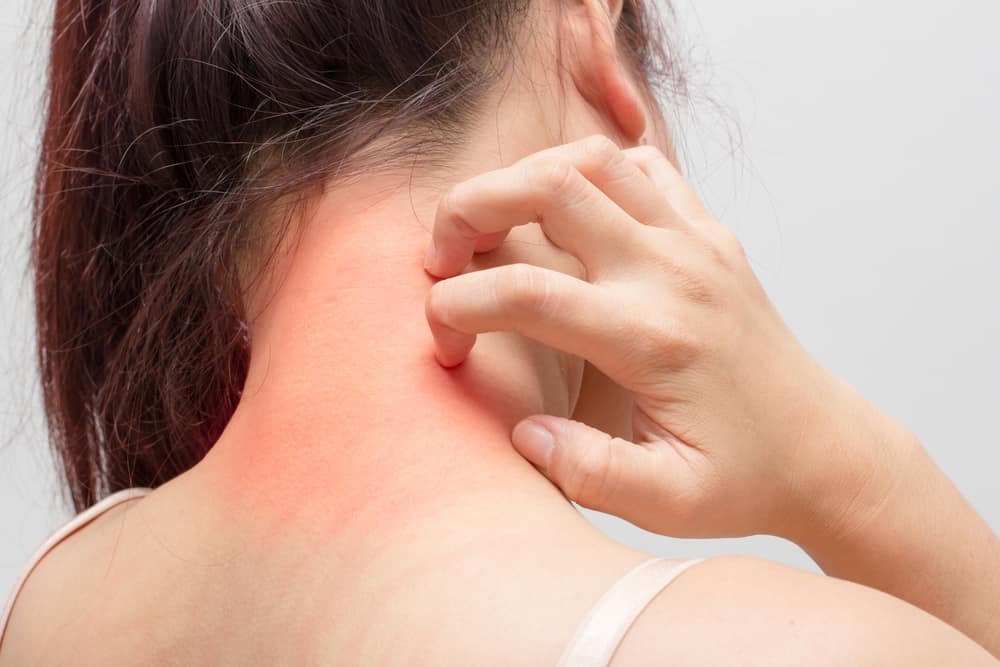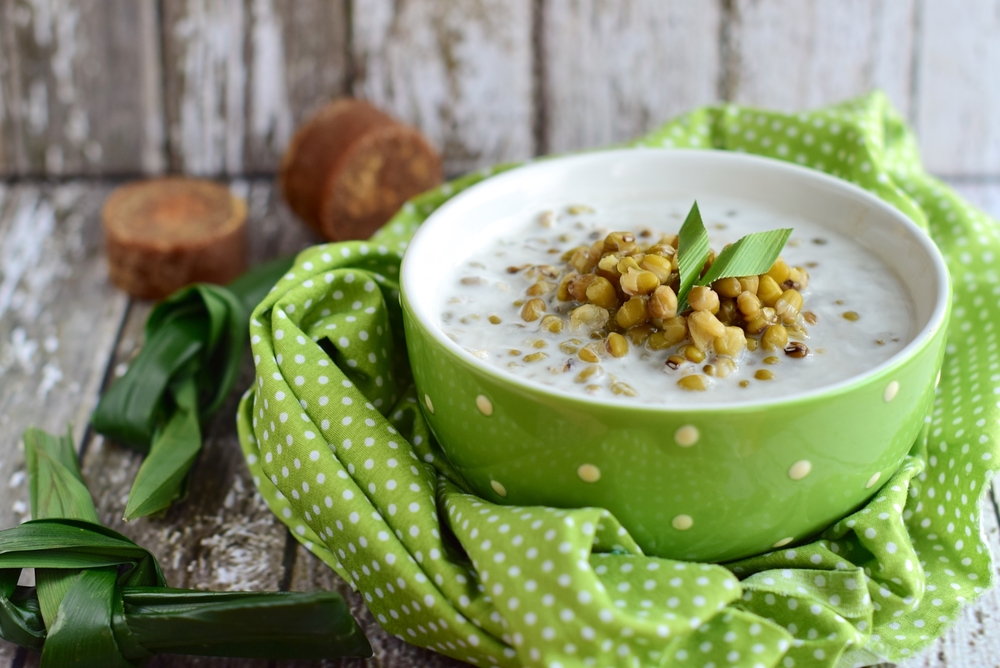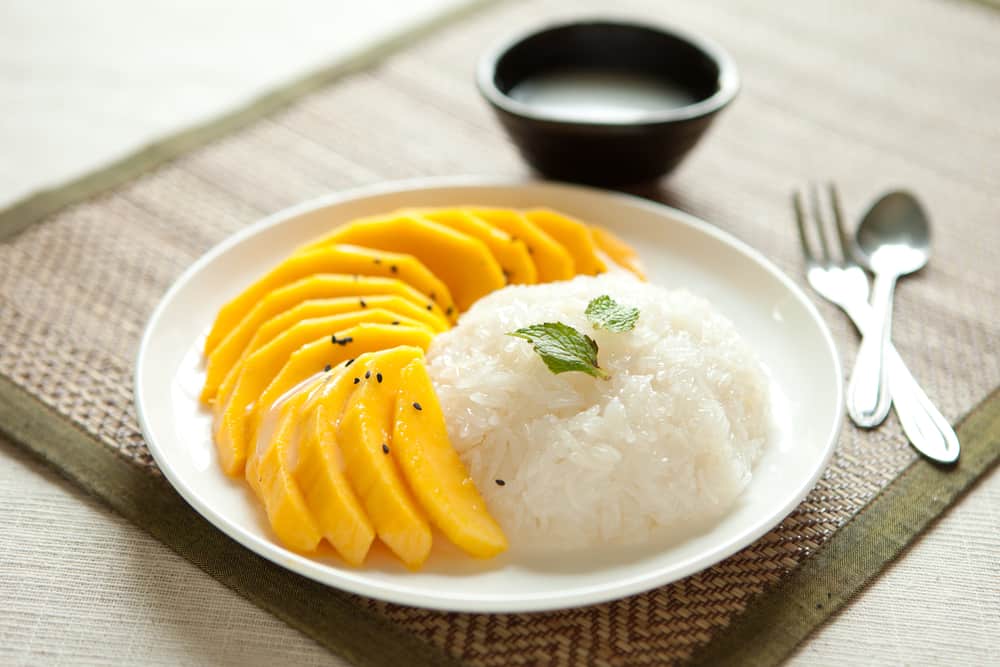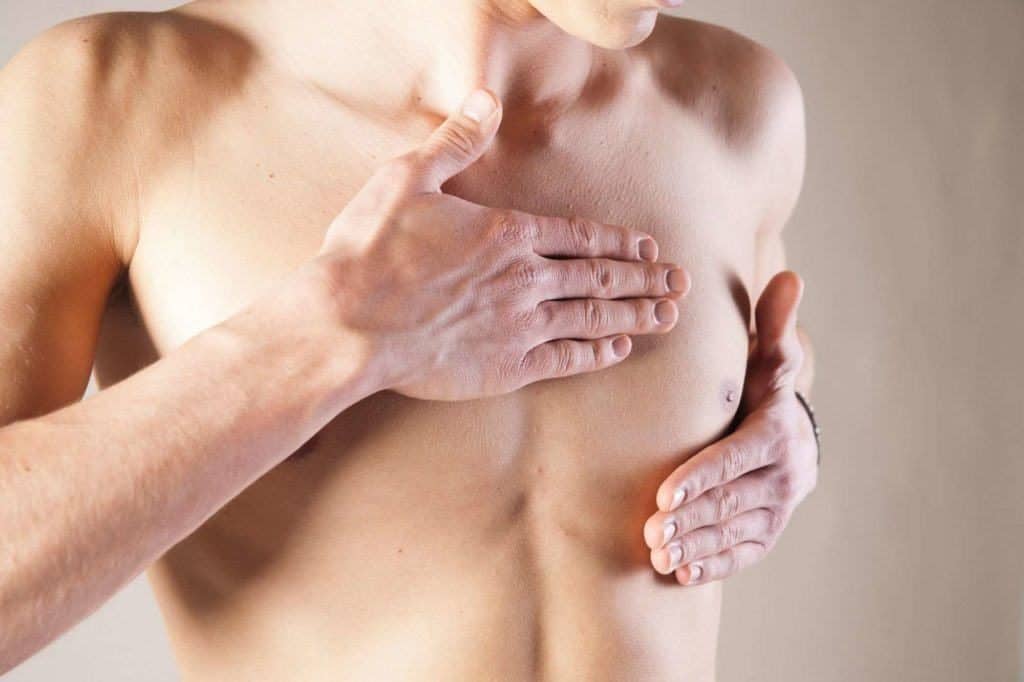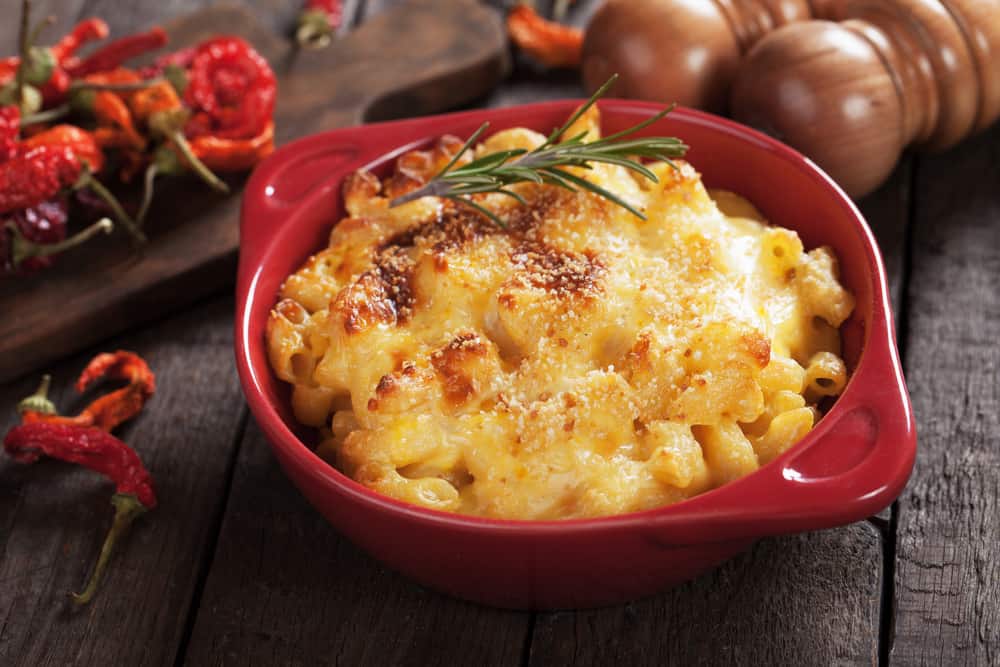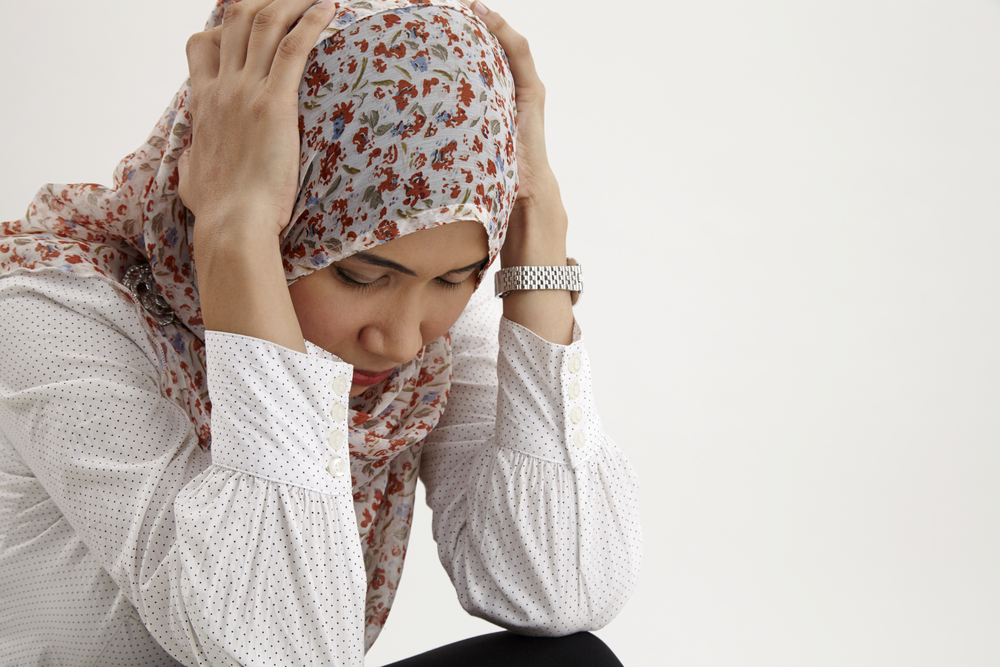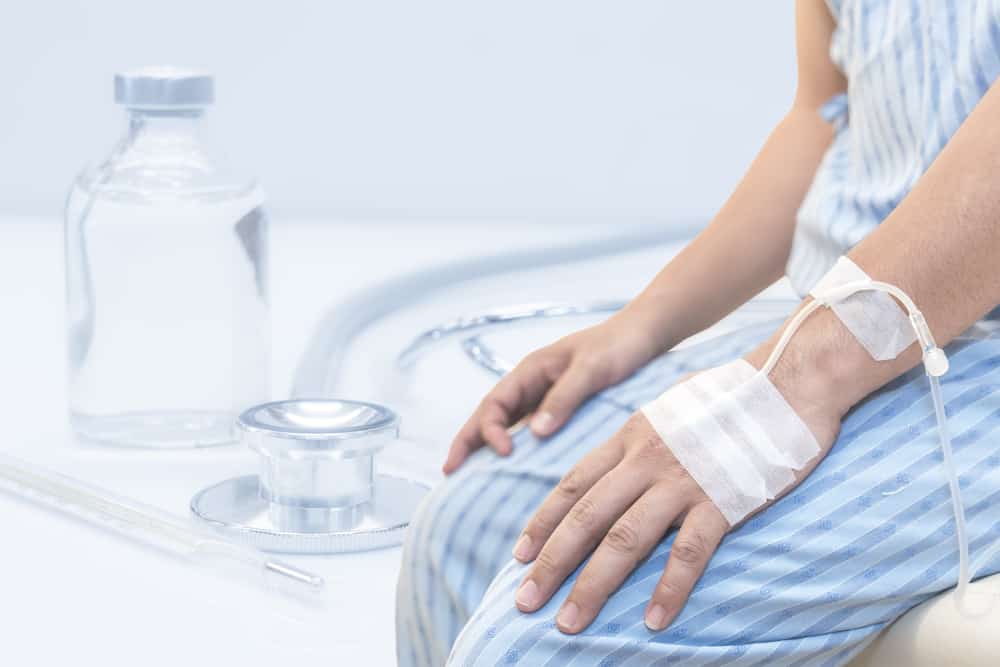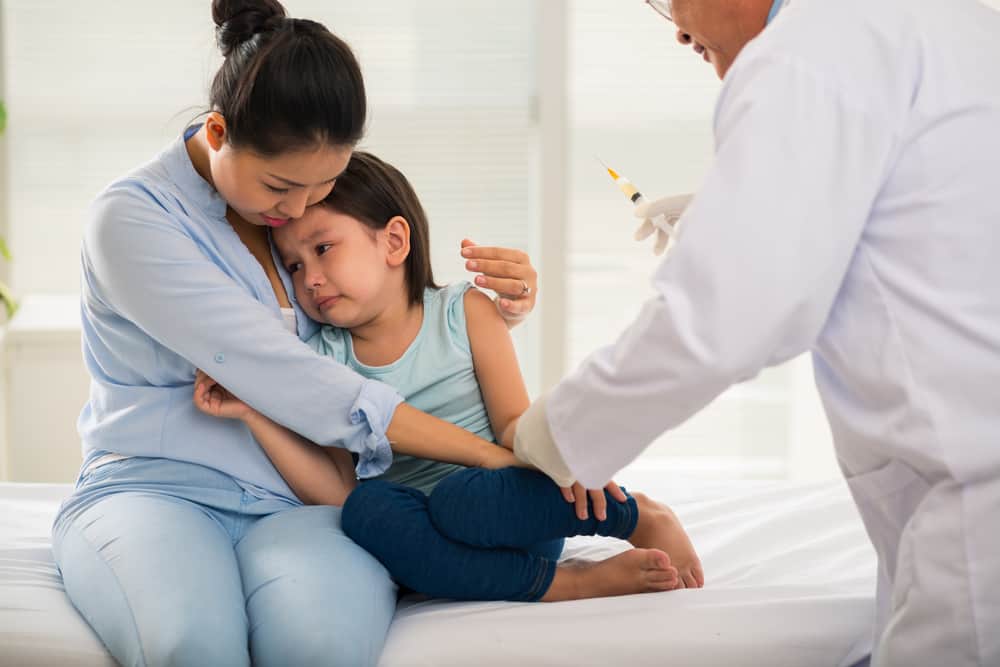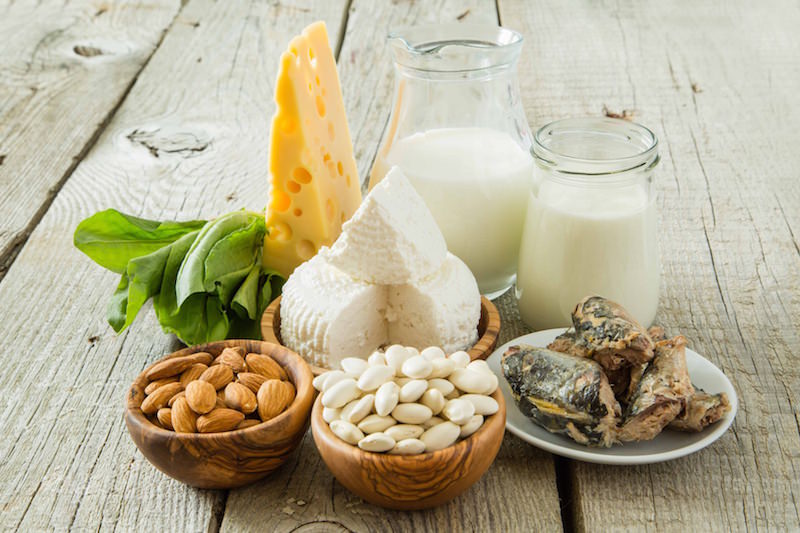Contents:
- Medical Video: Pediatric Answers : What to Do for a Rash on a Baby's Face & Chest
- The cause of prickly heat
- Symptoms and types of prickly heat
- What kind of prick should be reported to the doctor?
- How to treat and deal with prickly heat
Medical Video: Pediatric Answers : What to Do for a Rash on a Baby's Face & Chest
Your child or yourself have experienced prickly heat? Itching or even pain is certainly not pleasant right? Prickly heat may be a problem that is often encountered in tropical regions such as Indonesia. In fact, why does sweat arise? What can be done to overcome it?
The cause of prickly heat
Prickly heat or in medical terms known as miliaria can occur in children and adults. This condition is common in areas with hot and humid weather, where people can sweat a lot. Prickly heat arises due to clogging of pores or sweat ducts on the skin so as to prevent sweating. Wearing clothing that traps thick sweat or certain skin creams can also trigger the onset of prickly heat.
Prickly heat can also appear in cooler temperatures if you wear clothes or sleep with a blanket that causes you to experience heat. Babies are usually more susceptible to prickly heat because their pores are not fully developed.
Symptoms and types of prickly heat
In adults, prickly heat usually appears on the part of the skin that is covered in clothing and in the folds of the body. In infants, prickly heat is usually found in the neck, shoulders and chest.
The type of prickly heat can be classified according to the location of the depth of the channel that is blocked on the skin. The symptoms of each type vary.
- Miliaria crystallina: is the lightest type of prickly heat and is caused by clogged sweat ducts in the upper layers of the skin. It is characterized by small spots filled with liquid and can break easily.
- Miliaria rubra: more common in adults than in children. It is in the form of red spots and sometimes accompanied by intense pain in the affected skin. In some cases, this type of sweat can be infected and filled with pus so-called as miliaria pustulosa.
- Deeper miliaria: is the most rare type. Regarding the inner skin layer (dermis) This type of prickly heat can occur repeatedly and become chronic. It usually occurs in adults after physical activity that produces a lot of sweat. Appears on the skin in the form of larger spots and colored like skin.
What kind of prick should be reported to the doctor?
Prickly heat will usually heal on its own if you avoid exposure to heat to the skin. However, you may need to consult a doctor if the symptoms of prickly heat persist for several days or if your symptoms are getting worse. Also pay attention to signs of infection such as:
- Pain that increases, swelling, redness or burning sensation in the skin that experiences prickly heat.
- The discharge of pus from the location of prickly heat.
- The lymph glands swell on the neck, when, or the genitals swell.
- Fever or chills
How to treat and deal with prickly heat
For light sweats, you only need to avoid heat to cure your prickly heat. However, for more severe prickly heat, you may need an ointment to be applied to your skin. Some choices that you can use include:
- Calamine lotion: to relieve itching.
- Anhydrous lanolin: to prevent blockages in the sweat ducts and prevent the appearance of new prickly heat.
- Topical steroids: for severe cases.
Besides drugs, you can also do these easy things:
- In hot weather, wear clothes that are loose and cool and easy to absorb sweat.
- As much as possible, spend your time in an air-conditioned room.
- Wash with cold water and moisturizing soap, then let your body dry on its own without using a towel.
- Use lotion calamine or cold compresses to relieve itching and irritation on the skin.
- Avoid using creams and ointments that contain mineral oil or petroleum. This oil content can further clog the sweat ducts.

